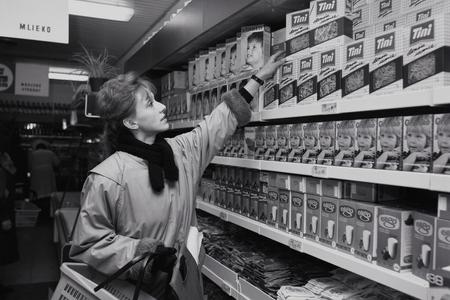The November 1989 student protests triggered the Velvet Revolution that brought down the totalitarian regime. The transformation from a centrally controlled economy to a market one was an important part of the transition that followed. In Slovakia, the split of the federal republic in 1993, along with the need to build the national economy, new institutions and organisations anew further complicated the situation.
Vladimír Masár held senior governmental positions when the federation was splitting into the new Slovak and Czech Republics. He spoke to The Slovak Spectator about the challenges Slovakia faced back then, including privatisation and the creation of the country’s central bank, but also about Slovakia’s current preparedness for a possible economic slowdown.
Read in this interview:
-what could Slovakia has done differently
-why privatisation of state property was important for the change of the regime
-about challenges Slovakia faced during creation of a sovereign state
-whether Slovakia has other chance than to develop into a small and open economy
-about adoption of the euro
-whether Slovakia is prepared for a possible economic slowdown
The Slovak Spectator (TSS): Do people in Slovakia live better than they did under the communist regime?

Vladimír Masár (VM): Emotions and nostalgia aside, statistical data referring to the gross domestic product or incomes show that the standard of living for Slovaks is, in general, significantly higher than 30 years ago. On the other hand, a closer look unveils a difference in income, and this gap is bigger than it used to be under the previous regime. There are groups who do not feel the statistics are a true reflection. Another factor affecting perceptions of our quality of life is the efficiency and performance of the public sector, in some sectors like health care, education, highways and other infrastructure. Here, leaving aside the scientific and technical progress Slovakia has achieved, people’s dissatisfaction is justified.
TSS: What was the condition of Slovakia’s economy in 1989?
VM: Very similar to other Eastern Bloc countries. It was undercapitalised and strongly in debt, resulting in a decreasing competitiveness compared with Western Europe. This was, in my opinion, one of main reasons why the regime collapsed.
At that time, the Slovak economy was part of the economy of the Czechoslovak Republic with certain national particularities, such as a high unemployment growth, a relatively strong concentration in the armament industry and lower institutional representation, in political as well as commercial spheres, compared with the Czech Republic. On top of this, the transformation process in Slovakia was after 1993, when the federal republic split, complicated by the necessity of building a sovereign state.
TSS: What were the biggest challenges Slovakia’s economy faced during the transformation?



 Vladimír Masár (source: Courtesy of Deloitte Advisory)
Vladimír Masár (source: Courtesy of Deloitte Advisory)